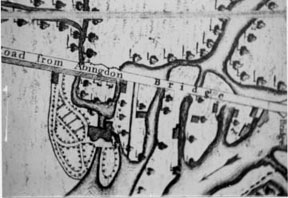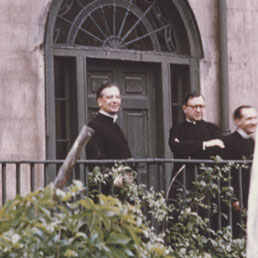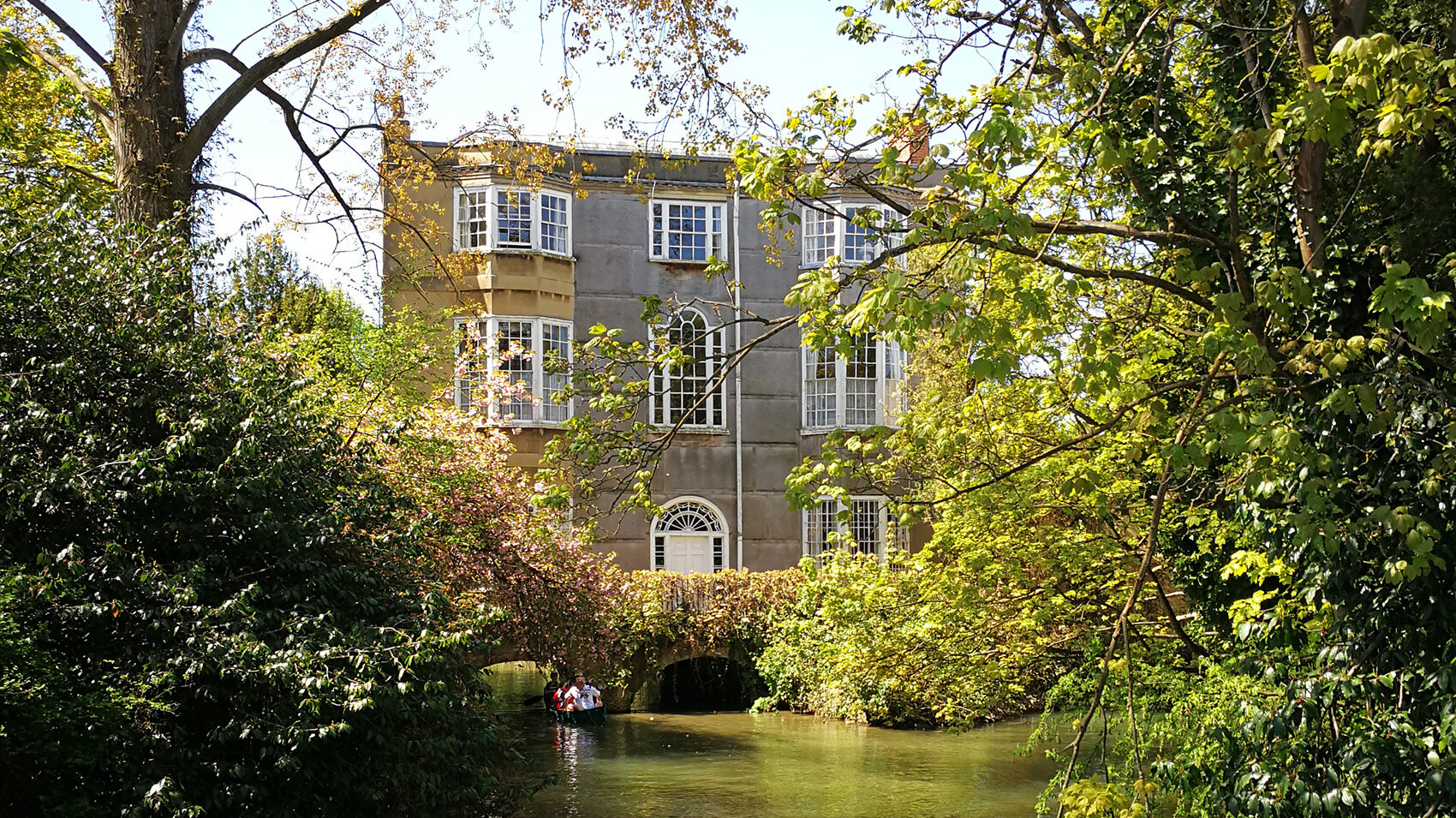Grandpont House is a university centre which has acted as a venue for academic, cultural, outreach and religious activities for students and others since 1959. Additionally, it offers accommodation to male students, undergraduate and postgraduate. It is run by a resident management committee comprised of:
- Director: Xavier Bosch BSc, MBA, FCA
- Assistant Director: Paul Shrimpton MA (Oxon), PhD
- Secretary: Dr Basil Hernandez
- Chaplain: Fr Joseph Evans BA, PhD
A Historical House.
Grandpont and Folly Bridge The area within Oxford known as Grandpont takes its name from a causeway on forty-two arches which stretched two miles from the end of St Aldates to the bottom of Hinskey Hill; it was built in about 1080 on the site of the old ford. Most of the Thames now flows under Folly Bridge, while the smaller bridge to the east of the city was the Pettypont, now called Magdalen Bridge.

The Taunton family Grandpont House was built in 1785 for William Elias Taunton, the Town Clerk of the city of Oxford. The Taunton family owned the house until 1847, when it was acquired by Brasenose College. On 6th January 1785 Sir William Elias Taunton bought from the City of Oxford a piece of ground and water covered in arches for five guineas on which he intended to build a town house; it adjoined garden grounds he already owned. Taunton was born in 1744, the second son of Rev. Elias Taunton, and became Clerk of the Peace for the county and Town Clerk of the city of Oxford; he was knighted in 1814 and buried in St Aldate’s in 1825. Within his family of four sons and five daughters he was known as ‘the Town Clerk’ to distinguish him from his eldest son, the Sir William Elias Taunton, who was known as ‘the Judge’, being a judge of King’s Bench. The father appears among Dighton’s caricatures of well-known Oxford figures of the time. Sir William’s second son, Thomas Henry Taunton, was born in Grandpont House and like his father became Clerk of the Peace for Oxfordshire; unlike his father, who was small, he stood at six feet three inches. Whilst his elder brother, the ‘Judge’, occupied the family home Freeland Lodge near Eynsham, Thomas took over Grandpont House; he had six sons and four daughters. His widow continued living in Grandpont House after his death in 1831, until her death in 1867, although the house and grounds were sold to Brasenose College in 1847.
Brasenose College

Brasenose, which owned lands adjoining, leased the property until around the end of the century. In 1863 part of the property was left to Thomas Randall, who was a member of the town council, like his predecessor Sir William Taunton. From 1869 to 1872 Prince Hassan, son of the khedive of Egypt, was resident while studying law at Brasenose. In 1872 Grandpont House was briefly the focus of attention on account of the disturbances over the new Licensing Act. The Act permitted licensing magistrates to put back licensing hours; in Oxford, as elsewhere, they were besieged on the one hand by temperance groups and on the other by brewers, publicans and the drinking public. At their first meeting the magistrates could not come to a decision, but reduced the hours temporarily to 11 pm on weekdays and 10 pm on Sundays, largely as a result of Randall’s opposition to drink. On Saturday 7th September, the first evening the new rule applied, an angry crowd gathered at Carfax as soon as the pubs closed and listened to speeches denouncing the town council. They then made for Grandpont House, Alderman Randall’s residence. Fortunately the house — then as now — was not easy to get to, and a body of police under the command of Inspector Soanes held the gate from the towpath. Gathering on the footbridge in front of the house, the crowd began to throw stones at the house. Soanes read the Riot Act from the house and ordered the mob to ‘clear the bridge, allowing respectable persons to pass’. The police then charged the mob and chased them up St Aldates. After Alderman Randall’s death in 1888 his widow continued to live in Grandpont House until J. H. Salter, a Justice of the Peace, moved in in 1895. In the early years of the twentieth century Grandpont House became the residence of the chaplain of Brasenose, Rev. H. C. Wace. Between 1922 and 1944 it was occupied by another Brasenose Fellow, the eminent scholar William Holdsworth, Vinerian Professor of Law.
Since 1959

St Josemaría Escrivá, the founder of Opus Dei, spent five consecutive summers in England, and was keen to see members of Opus Dei open a centre in Oxford. He visited Grandpont House in August 1958 and the following April the house and grounds were acquired for this purpose. Currently Grandpont House is one of several properties which is owned and operated by Netherhall Educational Association, a registered charity.
